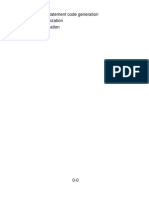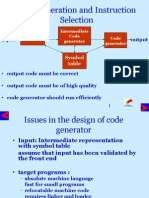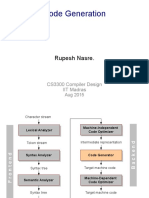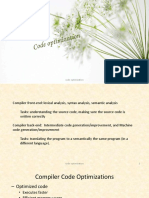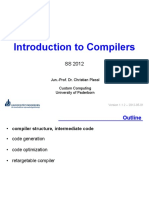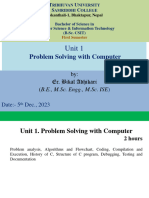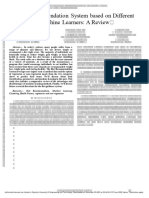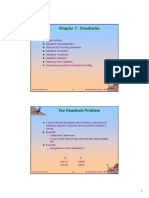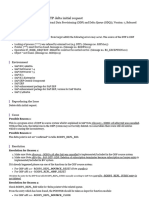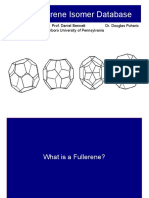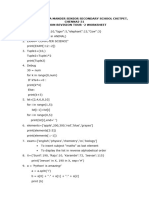0% found this document useful (0 votes)
33 views14 pagesL1.1.2 Introduction To Programming Languages
Uploaded by
masteraf646Copyright
© © All Rights Reserved
We take content rights seriously. If you suspect this is your content, claim it here.
Available Formats
Download as PPTX, PDF, TXT or read online on Scribd
0% found this document useful (0 votes)
33 views14 pagesL1.1.2 Introduction To Programming Languages
Uploaded by
masteraf646Copyright
© © All Rights Reserved
We take content rights seriously. If you suspect this is your content, claim it here.
Available Formats
Download as PPTX, PDF, TXT or read online on Scribd
/ 14



